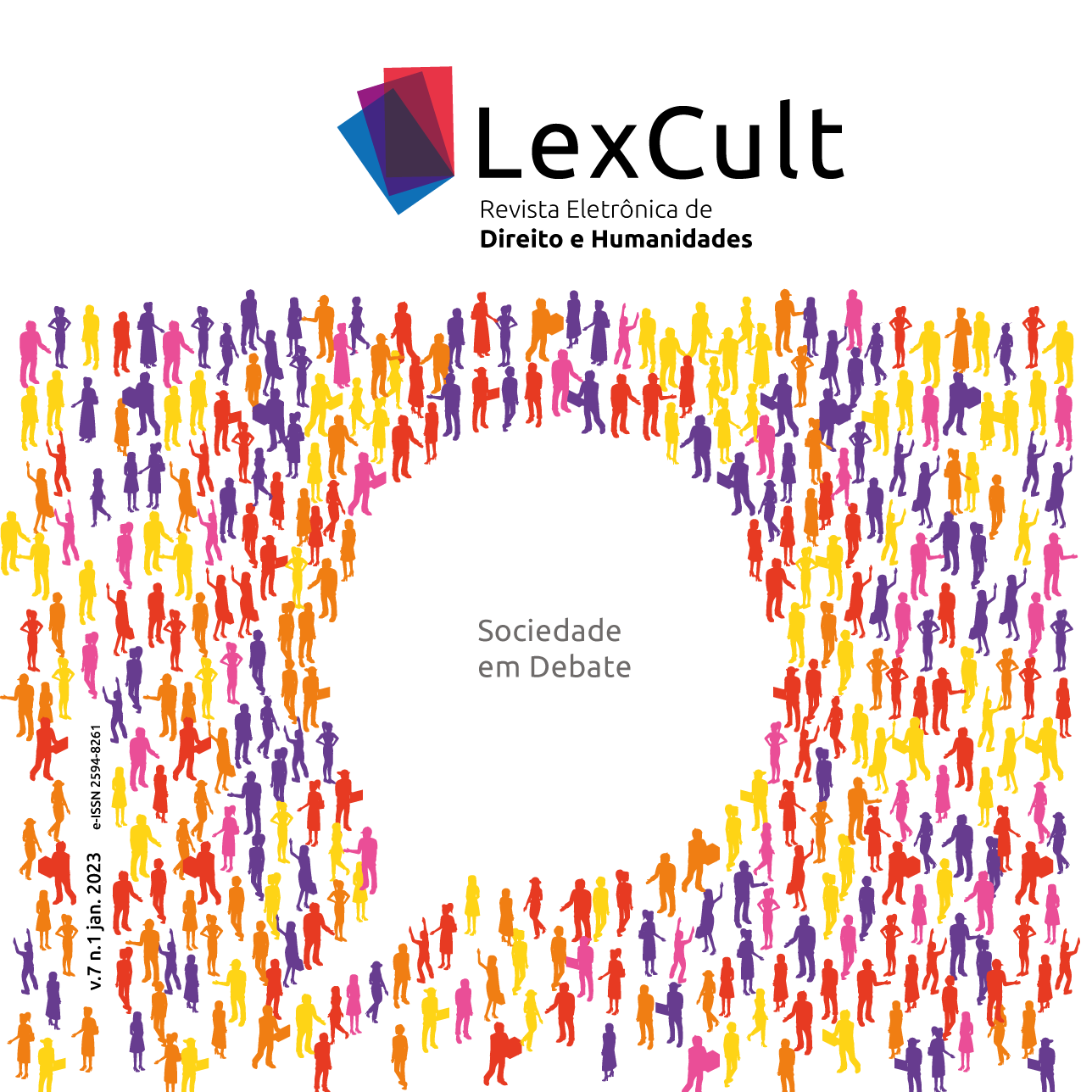BIOSSEGURANÇA EM ESPAÇOS PÚBLICOS CONSTRUÍDOS: A PRAÇA SERZEDELO CORREIA
Resumo
Foi abordado o acesso ao conhecimento da cultura de Biossegurança e a inter-relação desta cultura com as diversas realidades sociais apurando o reflexo cultural em ambientes públicos construídos. O interesse foi questionar, assinalar, educar e aperfeiçoar os métodos de implementação cultural e social da promoção de bem-estar, segurança e saúde em áreas públicas urbanas. Objetivo: gerar subsídios para elaboração futura de um projeto educativo em biossegurança para aprimorar a qualidade de vida, saúde e segurança de espaços públicos construídos na cidade do Rio de Janeiro. Materiais e Métodos: pesquisa qualitativa tendo como base uma revisão bibliográfica para compreensão dos conceitos de biossegurança, risco e qualidade de vida e sua aplicabilidade aos espaços públicos construídos. Foi realizada visita a diferentes locais para selecionar o tipo de espaço específico para servir de objeto à produção do projeto educativo em biossegurança aplicado a espaços públicos. Para isso, foi utilizada a ferramenta Google Earth como base tecnológica para captar informações sobre os locais na cidade do Rio de Janeiro, possibilitando a delimitação e escolha prévia de espaços a serem visitados. Resultado: observou-se que os conhecimentos relativos à biossegurança ainda se encontram, em sua maior parte, voltados para a área da saúde. Conclusão: Acreditamos que a elaboração de um projeto educacional em relação aos conhecimentos de biossegurança precisará ultrapassar os espaços relacionados à saúde, pois todos os ambientes necessitam estar incluídos nas diretrizes de biossegurança para maior proteção de seus usuários, maior qualidade de vida e maior preservação do meio ambiente.
##plugins.generic.usageStats.downloads##

This work is licensed under a Creative Commons Attribution-NonCommercial-NoDerivatives 4.0 International License.
Autores mantém os direitos autorais e concedem à revista o direito de primeira publicação, com o trabalho simultaneamente licenciado sob a Creative Commons Attribution-NonCommercial-NoDerivatives 4.0 International License, que permite o compartilhamento do trabalho com reconhecimento da autoria do trabalho e publicação inicial nesta revista.
Autores têm autorização para assumir contratos adicionais separadamente, para distribuição não-exclusiva da versão do trabalho publicada nesta revista (ex.: publicar em repositório institucional ou como capítulo de livro), com reconhecimento de autoria e publicação inicial nesta revista.
Os autores declaram serem responsáveis pela originalidade, pelo ineditismo e pela atualidade de todo o conteúdo do artigo, mediante a referência completa de todas as fontes consultadas.
Cada autor concede à Revista LexCult permissão para avaliar, normalizar, editar e publicar o artigo submetido, de modo inédito.
Casos de plágio e autoplágio não serão aceitos sob nenhuma hipótese. O autor plagiário será suspenso por 5 (cinco) anos sem publicação na Revista LexCult.
É permitida a cópia, total ou parcial, de artigo publicado na Revista LexCult, desde que informada a fonte (autor e revista), sendo vedado o uso comercial e a produção e distribuição de trabalhos derivados. Caso seja verificada a quebra de exclusividade, a submissão será arquivada e o autor estará suspenso de publicar por 5 (cinco) anos na Revista LexCult, sem prejuízo das ações cíveis/penais previstas em lei.
O autor tem ciência de que:
a) a submissão poderá ser recusada caso o Conselho Editorial da Revista LexCult, responsável pela avaliação e seleção dos artigos, não considere pertinente a publicação, por quaisquer motivos, devidamente fundamentados;
b) os editores reservam-se o direito de modificar o texto da submissão - sem alteração de conteúdo - para normalizá-lo e adaptá-lo às normas de publicação.



